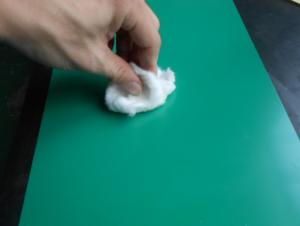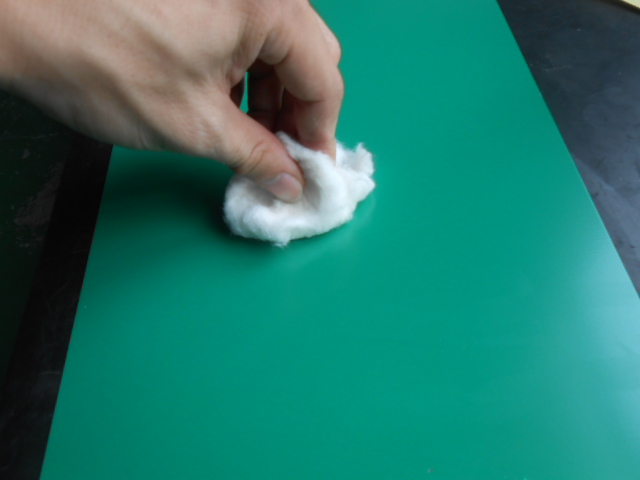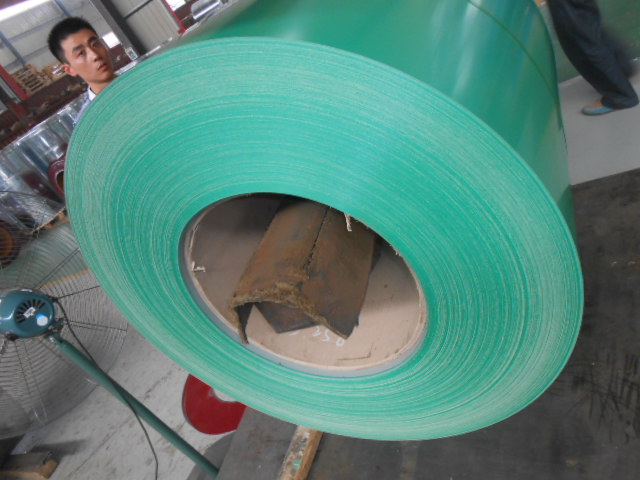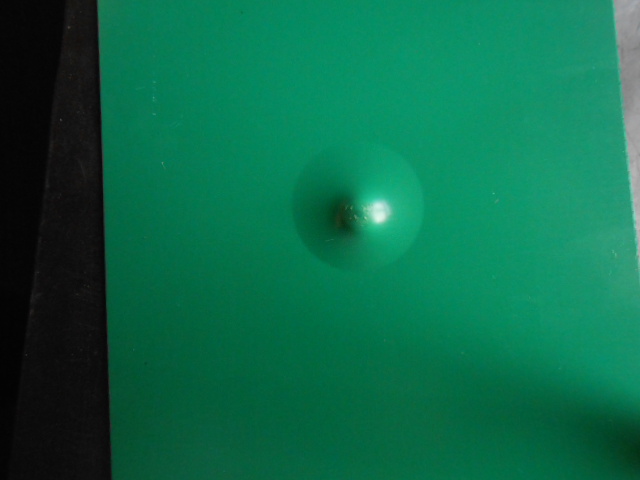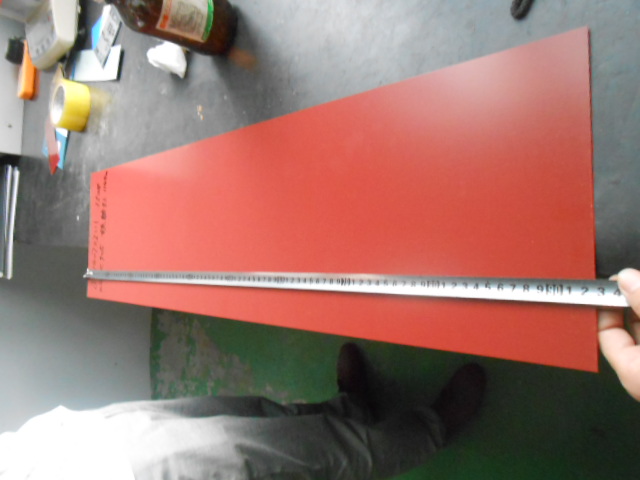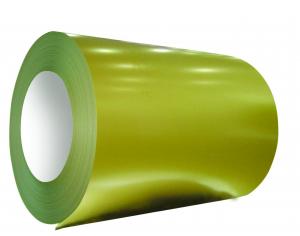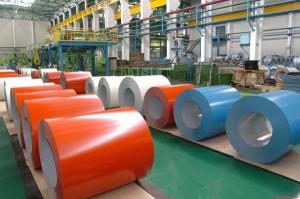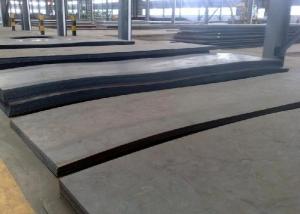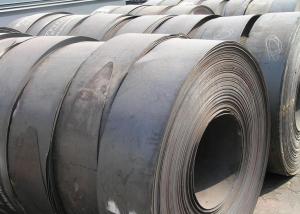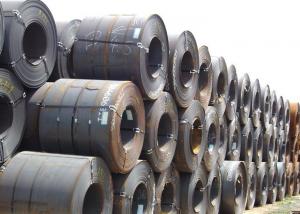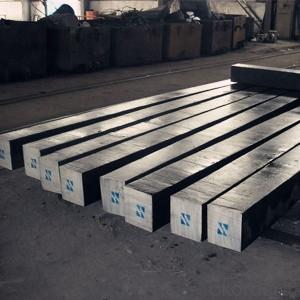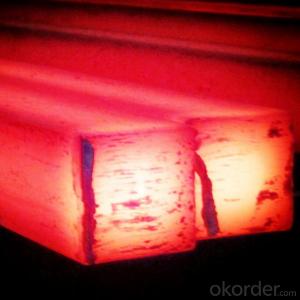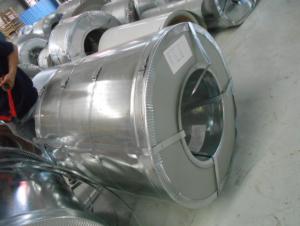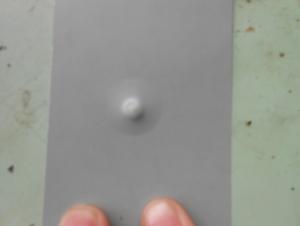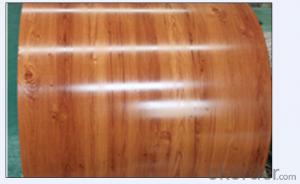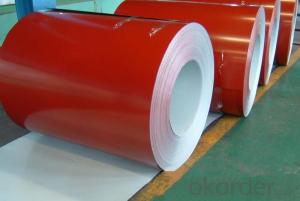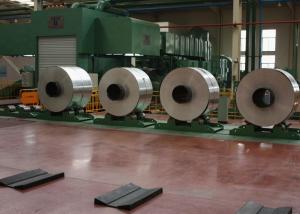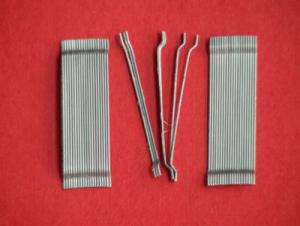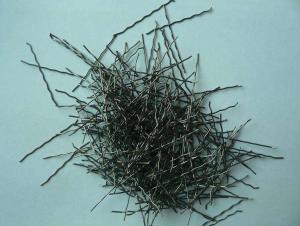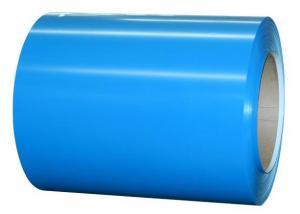PRE-PAINTED GALVANIZED STEEL COIL RED AND GREEN COLOR
- Loading Port:
- Tianjin
- Payment Terms:
- TT or LC
- Min Order Qty:
- -
- Supply Capability:
- 5000 m.t./month
OKorder Service Pledge
Quality Product, Order Online Tracking, Timely Delivery
OKorder Financial Service
Credit Rating, Credit Services, Credit Purchasing
You Might Also Like
PRE-PAINTED GALVANIZED STEEL COIL
ZINC COATING:60g/m2 (-/+10g/m2)
STANDARD:JIS G 3312
TOP COATING:5+13 micron;5-7 micron
STEEL GRADE:HARD QUALITY (75-90HRB)
COIL WEIGHT:3-6 ton COIL ID:508mm
0.38mm*925mm*C THICKNESS:-/+0.02mm; WIDTH:0/5mm
COLOR:RED AND GREEN
- Q: How is steel used in the production of medical devices and equipment?
- Steel is commonly used in the production of medical devices and equipment due to its strength, durability, and resistance to corrosion. It is used to manufacture surgical instruments, orthopedic implants, hospital beds, and various other medical tools. Additionally, stainless steel, a type of steel containing chromium, is often used to ensure sterilization and prevent infections in healthcare settings.
- Q: How are steel plates used in the fabrication of storage silos?
- Steel plates are used in the fabrication of storage silos as they provide strength, durability, and corrosion resistance necessary for containing and storing various materials. These plates are formed, welded, and assembled to create the cylindrical structure of the silo, ensuring it can withstand the weight of the stored materials and any external forces.
- Q: What are the different types of steel products used in the manufacturing of pet accessories?
- There are several types of steel products used in the manufacturing of pet accessories, including stainless steel bowls, steel leashes and collars, steel grooming tools, and steel cages or crates.
- Q: How are steel wires used in various industries?
- Steel wires are used in various industries for a multitude of purposes such as reinforcing concrete structures, manufacturing machinery and equipment, constructing fences and barriers, supporting suspension bridges, and creating electrical cables.
- Q: How are steel products used in the manufacturing of consumer goods?
- Steel products are used in manufacturing consumer goods in various ways. Steel is a versatile and durable material that is commonly used to create different components, parts, and structures in consumer products. It can be found in appliances, automobiles, furniture, tools, and even in packaging materials. Steel provides strength, stability, and resistance to wear and tear, making it an essential material in the manufacturing process of consumer goods.
- Q: How is steel sheet metal stamped for automotive parts?
- Steel sheet metal is typically stamped for automotive parts using a process called metal stamping. This involves feeding a flat sheet of steel into a stamping press, where a die is used to shape and cut the metal into the desired automotive part. The press applies immense pressure to the steel sheet, causing it to deform according to the shape of the die, resulting in accurately stamped automotive components.
- Q: How is steel used in the production of oil and gas pipelines?
- Steel is commonly used in the production of oil and gas pipelines due to its strength, durability, and resistance to corrosion. It is used to construct the main body of the pipeline, providing a secure and reliable means of transporting oil and gas over long distances. Additionally, steel pipes are able to withstand high pressures and extreme temperatures, making them suitable for the demanding conditions of the oil and gas industry.
- Q: How are steel gratings used in industrial flooring?
- Steel gratings are commonly used in industrial flooring as they provide a strong and durable surface for workers to walk on. They are designed with an open grid pattern that allows for efficient drainage of liquids and debris, making them ideal for environments where spills or moisture are common. Additionally, steel gratings offer excellent traction and can withstand heavy loads, making them suitable for areas with heavy machinery or equipment. Overall, steel gratings enhance safety and efficiency in industrial settings by providing a reliable and slip-resistant flooring solution.
- Q: What are the different types of steel forgings and their applications in the defense industry?
- There are several different types of steel forgings used in the defense industry, each with its own unique properties and applications. Some common types include: 1. Carbon Steel Forgings: These are made from carbon steel and are known for their strength, durability, and resistance to wear and tear. They are commonly used in the manufacturing of artillery, tanks, and armored vehicles. 2. Alloy Steel Forgings: These are made by adding other elements such as chromium, nickel, or molybdenum to carbon steel, resulting in improved strength, toughness, and corrosion resistance. Alloy steel forgings find applications in the production of aircraft components, missile systems, and submarine parts. 3. Stainless Steel Forgings: These are highly corrosion-resistant and offer excellent strength and heat resistance. They are widely used in the defense industry for manufacturing firearms, ammunition, and small precision components. 4. Titanium Forgings: While not technically a type of steel forging, titanium forgings are commonly used in defense applications due to their lightweight yet high strength characteristics. They are used in the production of aircraft structures, missile components, and armor plating. Each type of steel forging has its own specific application in the defense industry, depending on the desired properties of strength, durability, corrosion resistance, or weight reduction. These forgings play a critical role in the manufacturing of various defense equipment, ensuring their reliability and performance in the most demanding conditions.
- Q: How can steel products be protected from corrosion?
- Steel products can be protected from corrosion through various methods such as applying protective coatings like paint or zinc, using corrosion-resistant alloys, electroplating, galvanizing, and implementing proper maintenance practices like regular cleaning and inspection.
Send your message to us
PRE-PAINTED GALVANIZED STEEL COIL RED AND GREEN COLOR
- Loading Port:
- Tianjin
- Payment Terms:
- TT or LC
- Min Order Qty:
- -
- Supply Capability:
- 5000 m.t./month
OKorder Service Pledge
Quality Product, Order Online Tracking, Timely Delivery
OKorder Financial Service
Credit Rating, Credit Services, Credit Purchasing
Similar products
Hot products
Hot Searches
Related keywords
